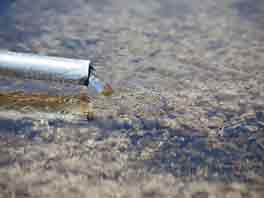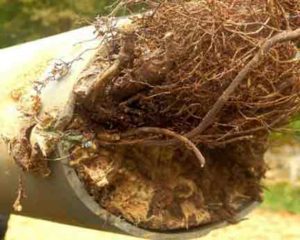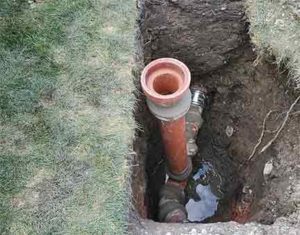
The sewer line is one of those features in your home that you take for granted. As long as it is doing its job of silently carrying wastewater from your home into the city’s sewer system, you don’t have any reason to think about it. But that changes very quickly once the main sewer line or mainline stops working.
Sewer line malfunctions are one of those things you don’t want to deal with as a homeowner or a landlord, says RealevateSpecialists.com. Problems with the sewer line often result in foul-smelling wastewater backing up into your home. In addition to the cost of fixing the system, you may not be able to use the toilet, sink, or shower as usual during the repairs.
Also, apart from the immediate negative impact of sewer line damage, problems with the mainline can predispose your home to invasion mold and pest infestation. Sewer line problems are best detected early. If you can manage to find problems with your sewer line before it creates a mess inside your home, you would be the better for it.
With your home’s sewer line complex network of pipes, chambers, valves, and pumps, how can you tell when things are going wrong? This article explains the common signs that your home’s sewer line is damaged and needs to be replaced. There is also a highly compressed summary of what sewer line replacement entails.
8 signs it is time to replace your home’s sewer line
Age
Sewer lines, like other components of your home’s plumbing, suffer natural wear and tear. A sewer line that has reached or passed its expected life will be more prone to damage. But because sewer lines are buried out of view, they are rarely replaced at the right time. This is one of the biggest reasons for sewer line emergencies.
Smells
Sewer lines are meant to ensure you do not have to endure bad orders from sewage and wastewater. If you notice bad odors coming from your pipes or drain, you should have your sewer line inspected. Bad odors from a sewer line may also hang around the yard without appearing to come from a particular source.
Sounds
Gurgling and bubbling sounds from your pipes are an indication of problems inside the sewer lines, especially if this is happening frequently. Drain clogs can generate gurgling or bubbling sounds but these are usually infrequent. If the sounds are also accompanied by bad odors around the property, your sewer line may be in trouble.
Wastewater and sewage backup
Any kind of waste backup is a clear indication of problems with the sewer system. Wastewater or sewage backups are among the worst signs of sewer line damage. That’s because backups from a sewer line will prevent the normal use of the home’s sanitary facilities. In addition to the inconvenience, waste backup can endanger people’s health.
Presence of trees

The mere presence of trees in your yard does not mean your sewer line will get damaged. But trees increase the possibility of damage to the sewer line. This is particularly true if the trees are growing close to the lines and the trees have an invasive root system. Tree roots will encase and puncture a sewer line in order to gain access to the water running through it.
Pools of sewage on the lawn
In extreme cases, you can actually start to see sewage collecting on your lawn. Along with the foul smell this creates, you may also find that some areas of the yard are inexplicably water-logged. Sewage may also seep into your lawn in more subtle ways, such as isolated spots of very green grass in the yard.
Pest infestation
Where there is a leak in your sewer line you will find pests gathering around the area. The types of pests you can expect to find in such locations are roaches, mosquitoes, rats, and mice. These pests may also attract bigger creatures, like snakes, which want to feed on the pests making their home in the area. Additionally, the pests will start to find their way into your home.
The foundation is cracking
A damaged sewer line can cause structural damage to your building, and this will often manifest as cracks in the foundation. A damaged sewer line can create a sinkhole beneath your home. It can also feed moisture into your home’s foundation, causing it to weaken over time. Untreated sewer line damage is a major cause of foundation failure.
What to expect during sewer line replacement

Expect some or all of the following steps during sewer line replacement:
- Trenching to find the damaged sewer line – Your plumber will dig holes in the yard to locate the section of the damaged pipes.
- Tunneling – Tunnels are dug under your building to enable access to the damaged pipes and to enable the installation of new ones
- Pipe section replacement – Sections of damaged pipes will be replaced.
- Pipelining – This is the least disruptive way to replace a sewer line because it does not involve pipe removal.
We hope you found this article: 8 signs it is time to replace your home’s sewer line useful and thank you for reading.
